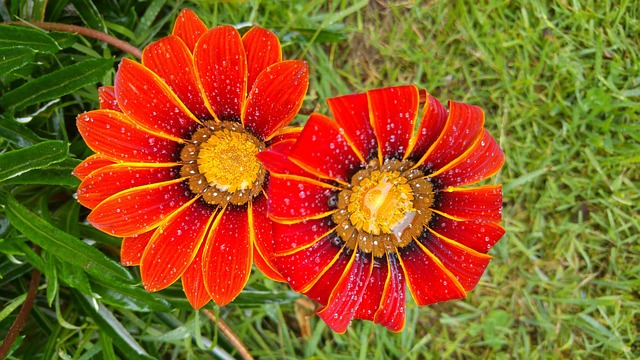In an era where sustainability is at the forefront of our minds, the concept of horticultural synergy emerges as a beacon of hope for gardeners and nature enthusiasts alike. This eco-friendly approach not only encourages the optimal growth of vegetables and fruits but also fosters a deep connection with our environment, urging us to work in harmony with nature.
Imagine stepping into your garden and witnessing an explosion of colors, textures, and aromas—a veritable feast for the senses. The vibrant greens of thriving plants are not just a testament to your gardening prowess; they reflect a symbiotic relationship that can exist between various species. Horticultural synergy encapsulates this relationship, promoting the idea that when plants grow together, they can enhance each other’s growth through mutual benefits.
Let’s explore some simple yet effective methods that exemplify horticultural synergy, elevating your gardening game while being kind to our planet.
Companion Planting
One of the most celebrated techniques in achieving horticultural synergy is companion planting. By strategically placing certain plants together, you can create environments that naturally deter pests and encourage healthy pollination. For instance, the classic pairing of tomatoes with basil not only enhances the flavor of your dishes but also helps repel harmful insects. This age-old practice taps into nature’s wisdom, demonstrating that your garden can flourish with the right partnerships.
Organic Practices
Embracing organic gardening methods is fundamental in harmonizing with the environment. By forgoing synthetic fertilizers and pesticides, you contribute to a healthier ecosystem. Instead, consider using compost, mulch, or natural pest control methods like introducing beneficial insects. These practices not only promote vigorous plant growth but also enrich the soil, creating a thriving habitat for earthworms and microorganisms that play a crucial role in sustainable gardening.
Water Conservation
In a world increasingly impacted by climate change, water conservation has become a vital component of eco-friendly gardening. Implementing rainwater harvesting systems or utilizing drip irrigation not only conserves precious resources but also ensures that your vegetables and fruits receive consistent moisture—creating an ideal environment for growth. Moreover, mulching around your plants helps retain soil moisture, minimizing the need for frequent watering.
Seasonal Planting
The rhythm of nature oscillates between seasons, each with its unique offerings and challenges. Tapping into this natural cycle can significantly enhance your gardening results. By allowing certain plants to flourish during their respective seasons, you harness the environmental conditions that contribute to their growth. Rotate your crops seasonally to maximize nutrient absorption from the soil, thus promoting a lush, bountiful garden year-round.
Creating Biodiversity
Encouraging biodiversity in your garden is another exciting facet of horticultural synergy. Diverse plant life attracts a variety of pollinators and beneficial insects, leading to a more resilient ecosystem. Incorporating native plants, which are better adapted to local conditions, can improve soil health and provide habitat for wildlife. A diverse garden is not only pleasing to the eye but also strengthens your garden’s ability to withstand pests and diseases.
As we cultivate our gardens with love, understanding, and respect for the environment, we not only enrich our own lives but also contribute to a larger movement towards eco-conscious living. Embrace the beauty of horticultural synergy, and witness the magic of nature as it unfolds right in your backyard, inspiring optimal growth of vegetables and fruits in a sustainable way.




